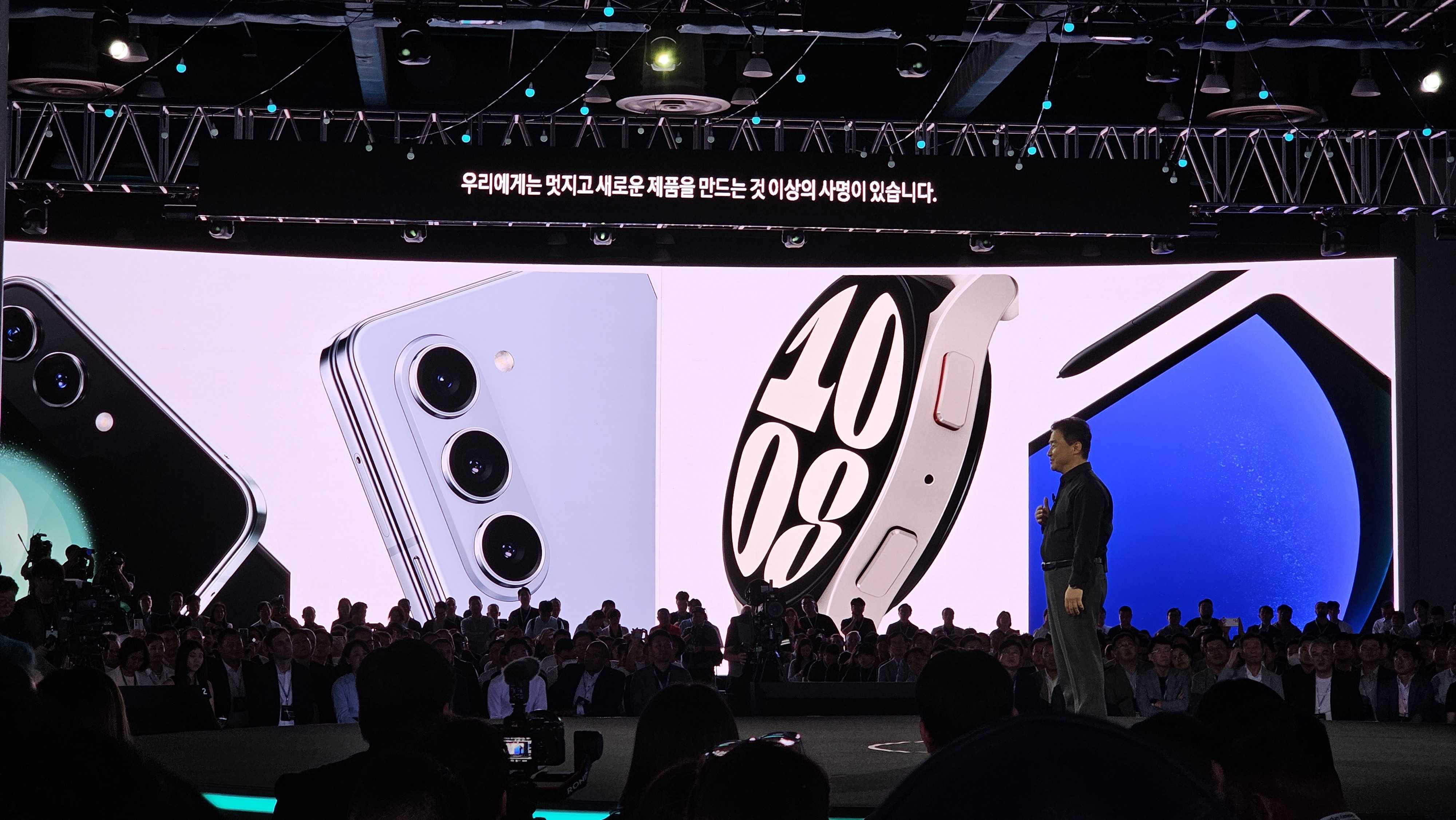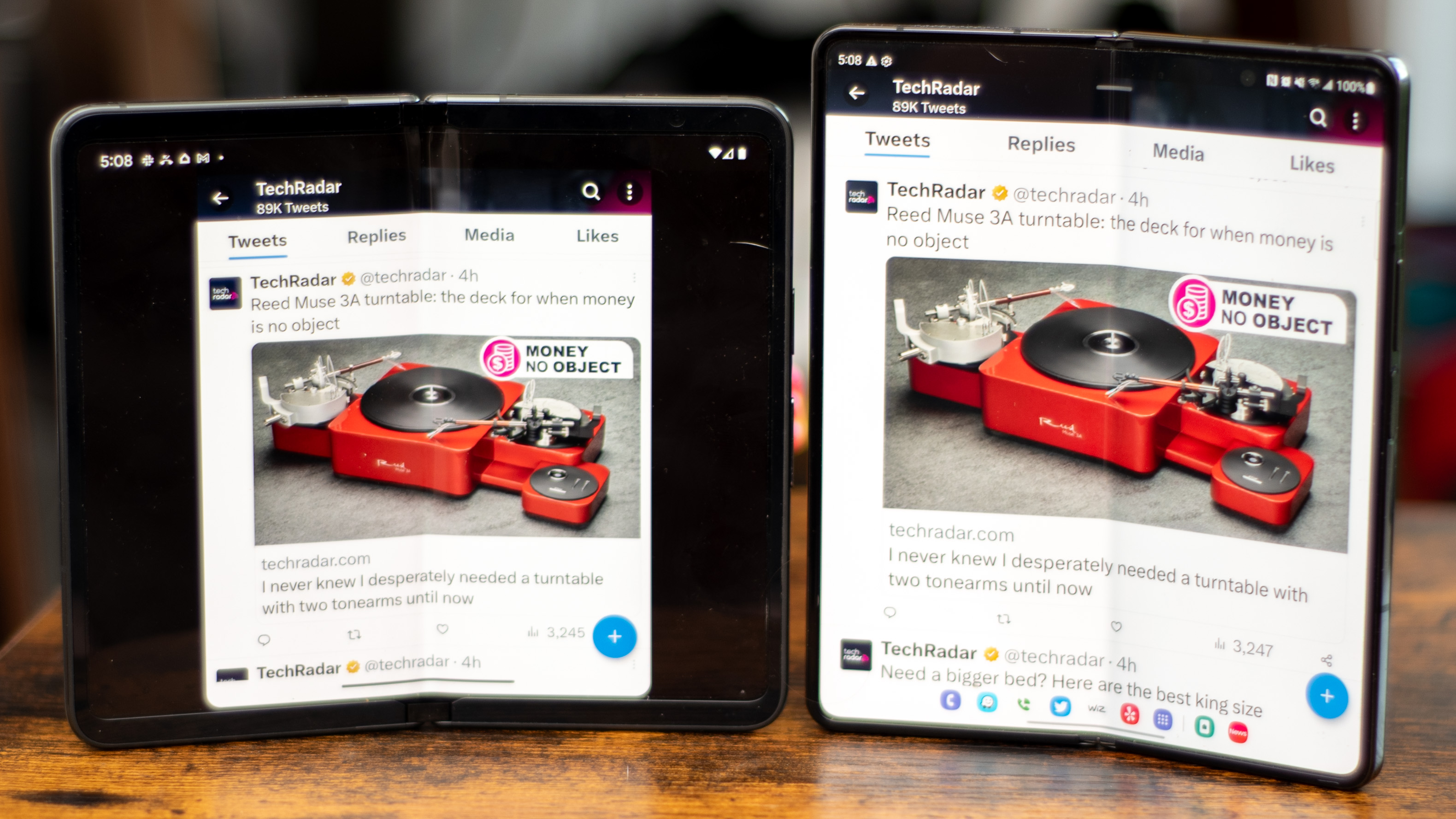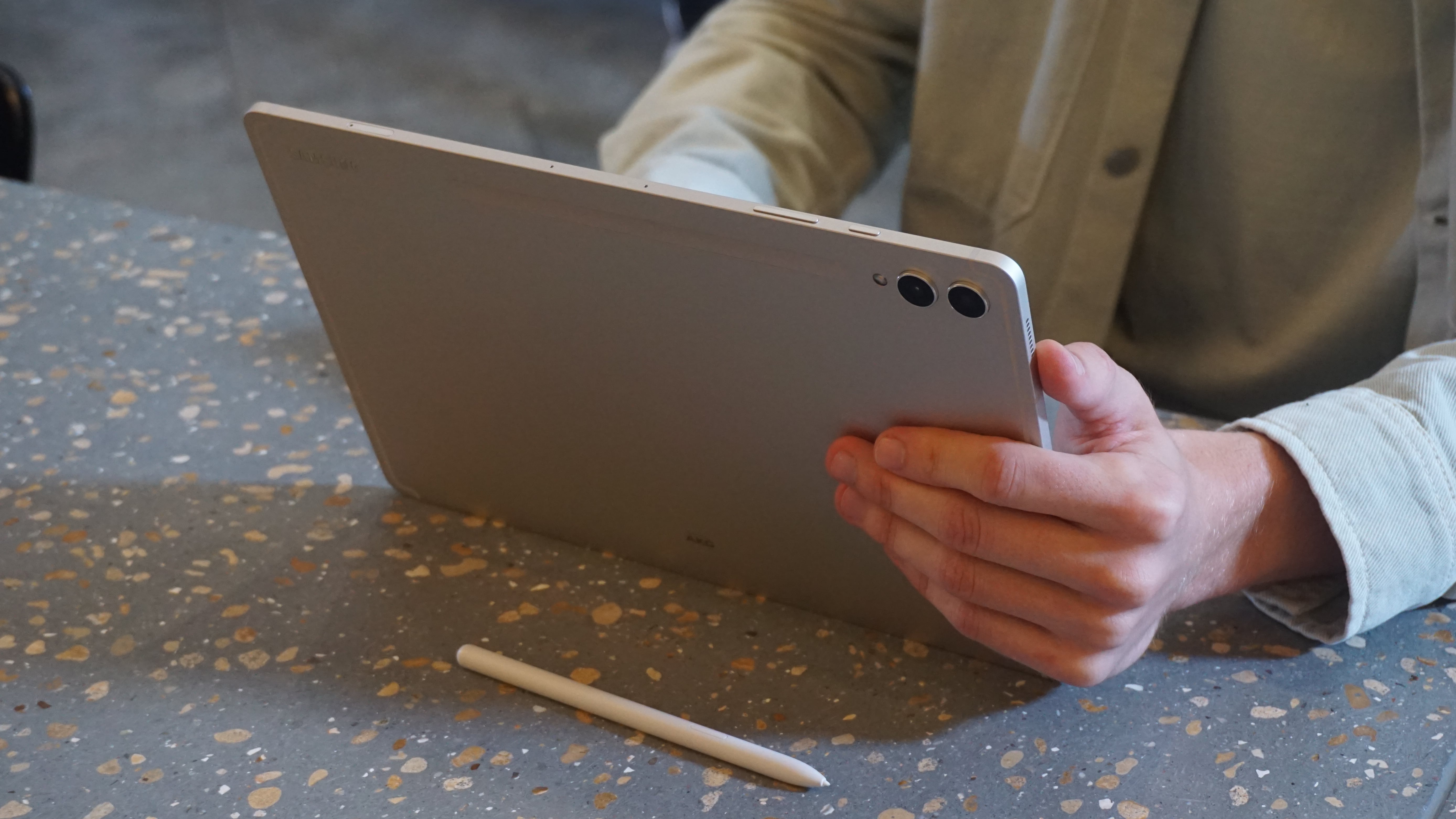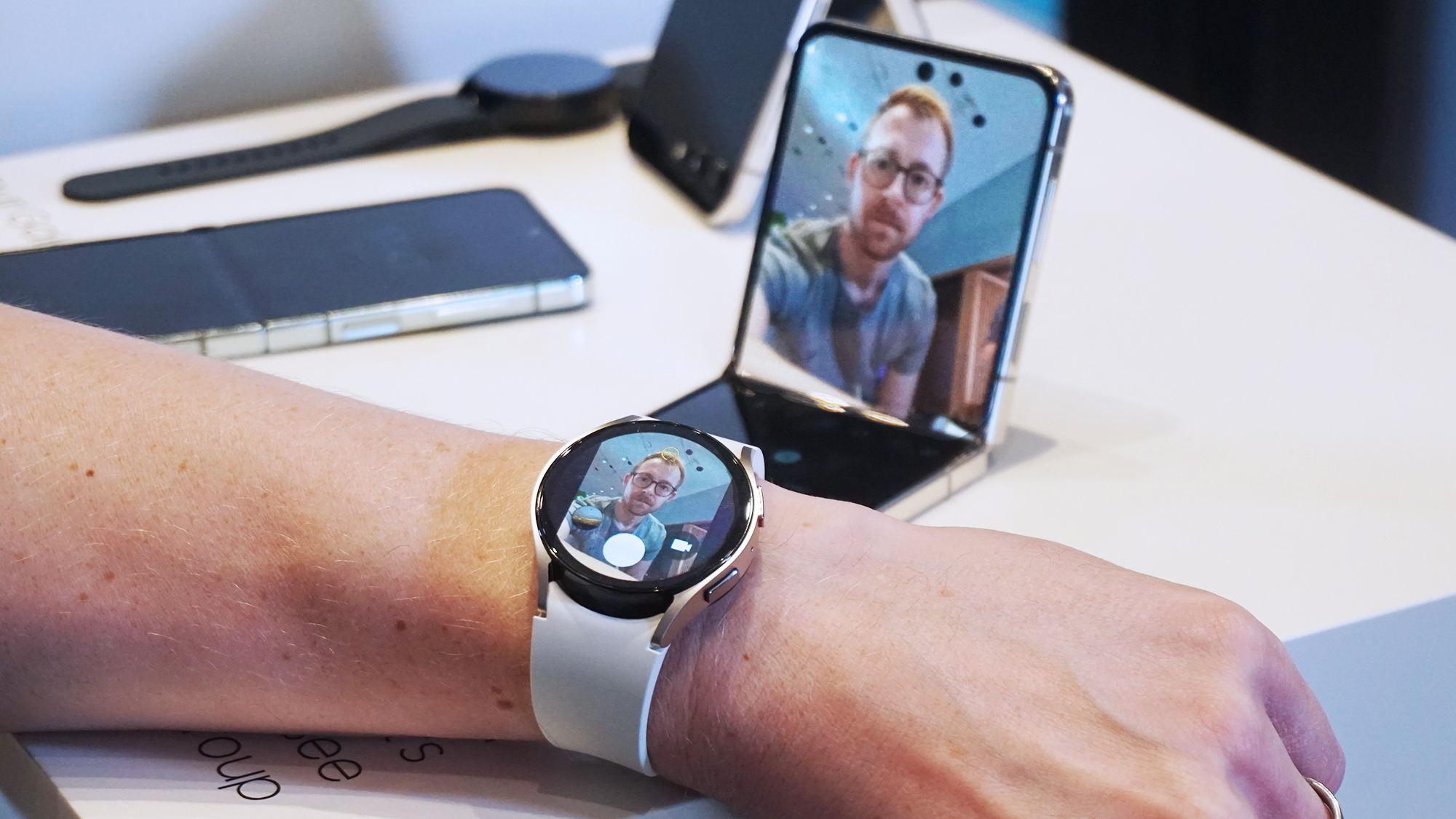Samsung Galaxy Unpacked aftermath: a renewed battle for the Android throne

Samsung has launched the Galaxy Z Fold 5 alongside the Galaxy Z Flip 5, Galaxy Tab S9 family of tablets, and two new Galaxy Watch 6 wearables. The company largely dominates these Android device spaces, and in previous years its new devices have been easy choices for tech fans. But today’s launch feels very different.
Among the best foldable phones and the best Android tablets, Samsung was uncontested last year. Now, it's beset from all sides by competitors. The Samsung Galaxy Fold 5 faces a challenger in the form of the Google Pixel Fold, while the Galaxy Z Flip 5 has not one but two rivals from Motorola.
Even the Samsung Galaxy Tab S9 is being outflanked by tablets like the OnePlus Pad, Google Pixel Tablet, and even the Lenovo Tab Extreme. And is that a premium Amazon Fire tablet we see this year? Samsung was once the only game in town. That’s a harder argument to make this year.
Best foldables? That’s up for grabs

The Galaxy Z Fold 5 is one of the best foldables we’ve seen – our hands-on Galaxy Z Fold 5 review says as much – but it isn’t launching unchallenged this year. Other than foldables that are hard to find locally, like the Honor Magic V2, and ones that don’t exist yet, like the rumored OnePlus Open, the new Fold 5 is actually facing a challenge from Google. Even if Google isn't a major challenger in the phone world, foldable phones are so new and niche that Google could easily grab a foothold.
I assume the people buying foldables are tech-savvy, highly nerdy people [Ed: like Michael]. Those people have a bias towards Google and its stock Android ecosystem. Our Google Pixel Fold review already sees the Pixel Fold tackle some of Samsung’s foibles, especially the camera and too-complicated software. Could that be enough to lure some buyers away from Samsung?
At the same time, that highly engaged audience could also be waiting for the rumored OnePlus Open. Already, a few takes on the Galaxy Z Fold 5 have revealed a device that’s largely similar to the Fold 4. Though the OnePlus exists in the realm of rumor at the moment, if Samsung reviews are tepid, that could be enough to peel off a selection of users who would otherwise have picked up a Galaxy Z Fold 5.
Similarly, the Galaxy Z Flip 5 is facing tough competition from Motorola with the Razr 40 and the Razr 40 Ultra (otherwise known as the Motorola Razr (2023) and Razr Plus 2023). Both come with larger screens; a cleaner, more fun version of Android; faster charging; and most importantly lower prices than Samsung. They even have dust proofing and have launched to rave reviews.
Sign up for breaking news, reviews, opinion, top tech deals, and more.
No matter which foldable phone form factor you look for, Samsung is on the back foot on both accounts.
The market for foldables is still a small one, and slight shifts that would not otherwise register in a larger market could be enough to make the difference here.
The best Android tablets? Debatable

Samsung continues to make some of the best Android tablets, and the Tab S9 series should continue that tradition – you can read all about them in our hands-on Samsung Galaxy Tab S9 and Tab S9 Plus review. While Samsung wants to compete with Apple, while sticking with Android, there’s little evidence that this laptop-replacement approach helps push sales. The bulk of tablets are bought for entertainment, and most tablet options on the Android side are fantastic for that.
The OnePlus Pad is an excellent tablet from OnePlus. It has a nice, balanced design with rather good software. The screen is gorgeous, the speakers are clear, and the software is polished.
The Google Pixel Tablet has its work cut out for it as a smart display hub, but is otherwise a good tablet with a sleek design, a nice screen for consuming content, and lots of smart home features on board.
Motorola parent company Lenovo just launched the Tab P12 for £399 (that’s $549), and it makes the Galaxy Tab S9 Plus look positively overpriced. Our Tab P12 Pro review gives us faith that Lenovo will nail the P12 as well.
There have always been cheaper tablets than Samsung’s Tab S9 series, that’s for certain, but they weren't worth buying. This is one of the rare years the company is facing a head-on assault from its most competent peers in the US, UK, and other western markets, rather than simply fighting Oppo and Huawei in Asian markets.

An argument could be made that Samsung is coasting on brand loyalty here. Much like Apple, it can afford to be lazy because people would rather buy Samsung than a brand with limited support, or one that’s simply an unknown quantity. That’s valid. It is worth noting that Samsung was once all of those things, and the likes of the today's irrelevant Nokia were where Samsung was. Samsung could remain incumbent by inertia, but the ecosystem argument for the company grows weaker by the year.

A UK-based tech journalist for TechRadar, helping keep track and make sense of the fast-paced world of tech with a primary focus on mobile phones, tablets, and wearables.
When not writing on TechRadar, I can often be found reading fiction, writing for fun, or working out.